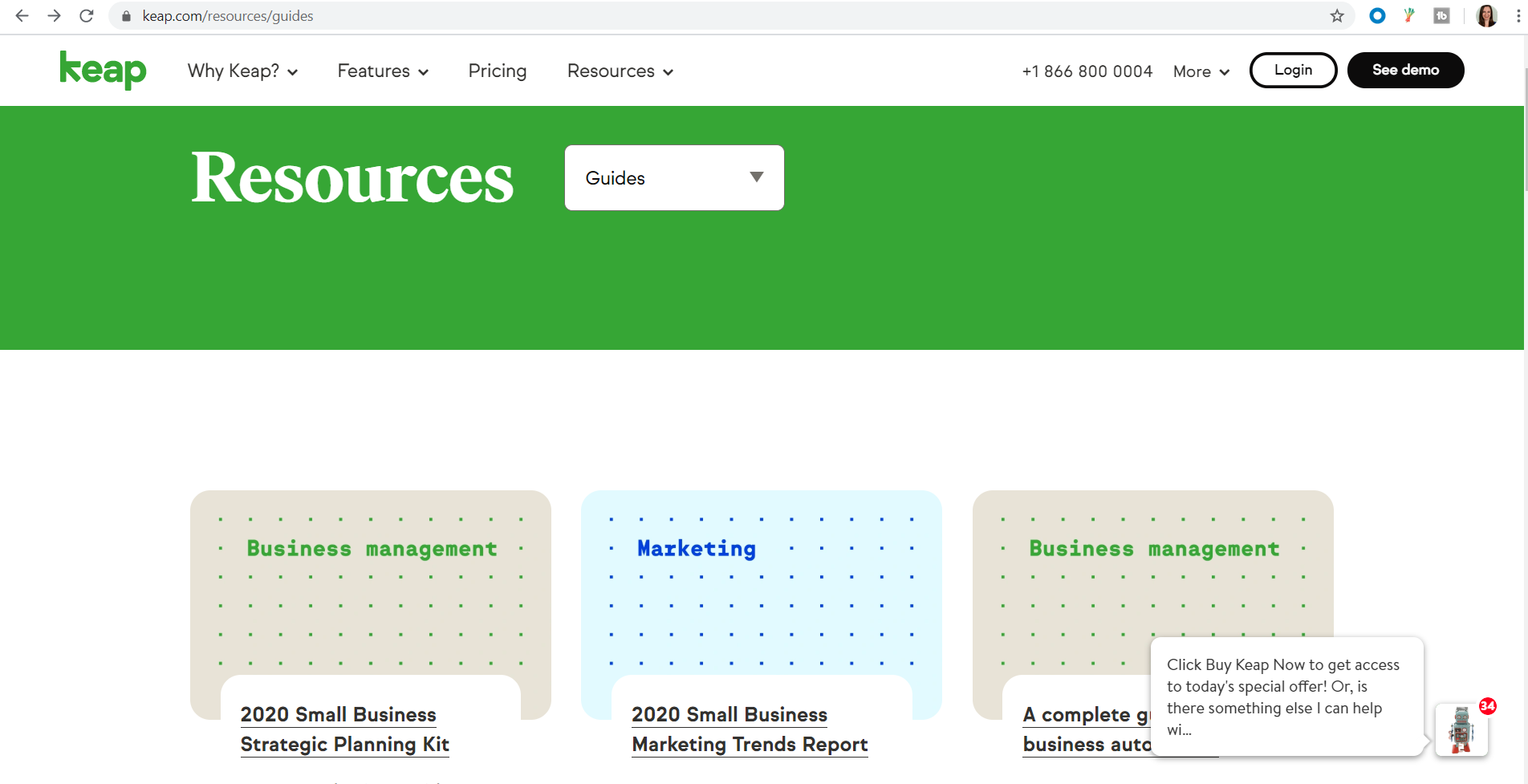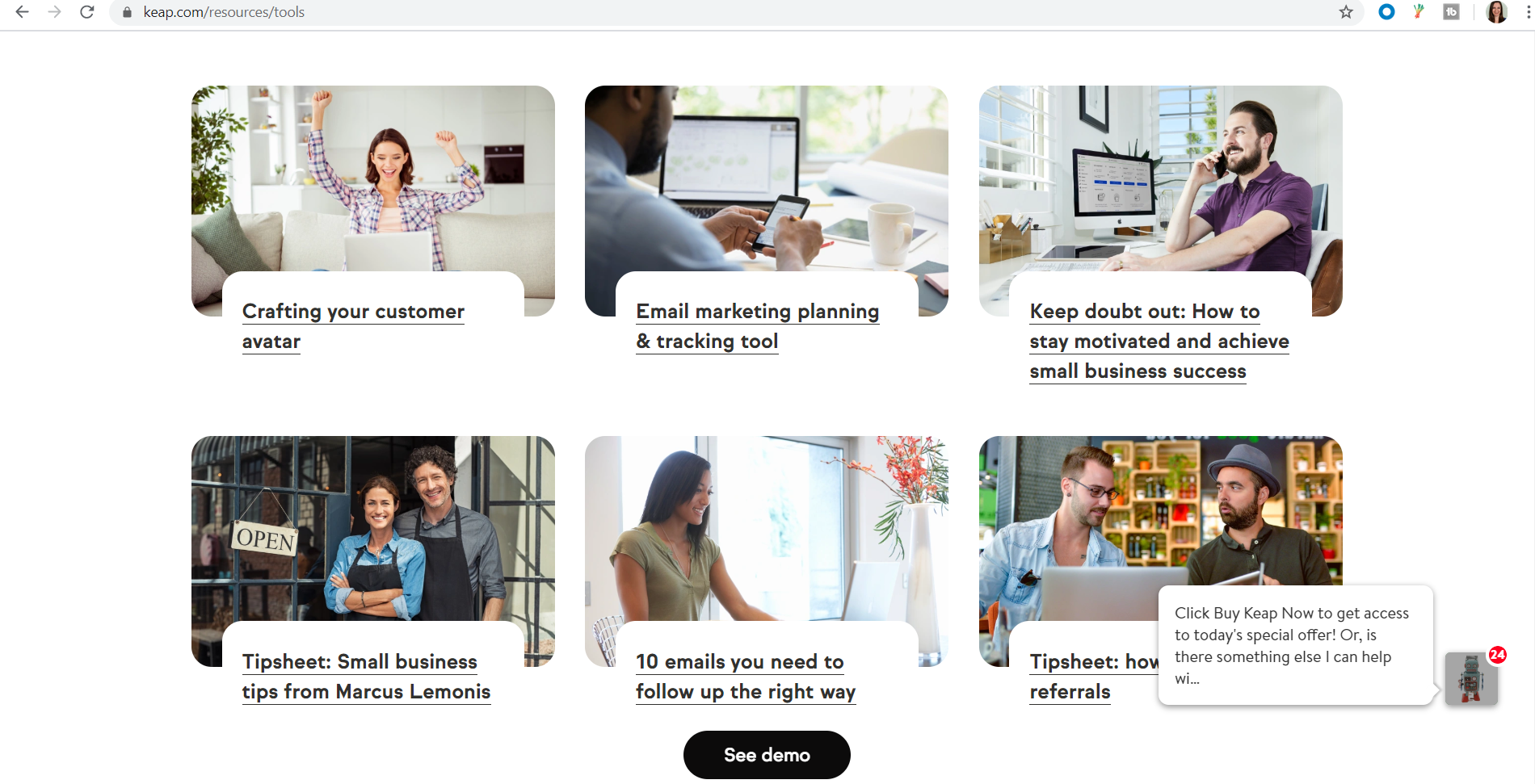Today’s ecommerce marketing is no longer as simple as listing your products’ quantity, size, color and price. It’s the content that drives attention to your products and plays a much larger role.
Ecommerce companies have had to change their approach in the way they campaign their products and get them in front of consumers with content marketing.
Here’s how you can leverage content marketing in ecommerce to increase sales for your online business.
Improve the customer experience
One of the better ways ecommerce companies are enhancing the customer experience is by employing buyer personas—fictional profiles that include demographics, hobbies, favorite brands, and even grievances that your customers have when considering a product. Buyer personas provide a deeper look into the behavior that motivates people to buy and what causes them to not commit to a purchase by abandoning their shopping cart at checkout.
Buyer personas can then be applied to content marketing that ties in directly with the customer experience across every touchpoint from your ecommerce website to social media to customer service to making a purchase and all aspects in between.
Create a content calendar
A content calendar can be built by identifying industry news, events and innovations, seasonal trends, publication outlets, partnerships and investments that coincide with how you decide to present your marketing content month to month.
You can also reach out to analysts, trend spotters, and other industry experts who can assist and ensure you release your content so that it’s focused on what’s new and noteworthy throughout the year.
What are customers looking for?
Get inside the heads of your customers. What do they really want? It’s important to gauge what would make the most compelling type of content from which they would actually benefit.
Provide marketing content that doesn’t just inform, entertain or engage, but that also puts your ecommerce business in a position of authority. Own your brand and have confidence that what you’re putting out there will not only meet consumers’ needs, but change their lives for the better. Convince your shoppers that they’re better for it prior to when they knew your product existed.
Create content to increase traffic
Certain types of marketing content are purposefully created as lead magnets. Some of these include comparison content, list-based or “Best of” posts, which are very visually pleasing and always receive great analytics through search engine optimization (SEO), contests, and awards or recognition to build excitement in customers who get to contribute to or improve a product.
You can also reach out to industry experts in your branding realm to help you increase traffic to your site by asking them to submit guest-written blogs, crowd-sourced blogs or curated content. The goal is to publish marketing pieces that are evergreen in nature, that people will reference, talk about, and most importantly, link to over and over again.
Create content to increase conversions
Generate content that will compel and inspire your visitors to make conversions, whether that’s in the form of completing a purchase, signing up for a subscription, creating a profile with their information, etc.
It’s important to ascertain which types of marketing content most strongly encourage customers to take action. Some of the more successful resources include how-to guides, buyer’s guides, product demo videos and other in-depth pieces such as whitepapers or case studies. This kind of content is much more detailed and contains rich and profound information your prospects are looking for.


The above examples are screenshots of Keap’s Resources Guides and Tools pages, respectively, to help customers find what they need.
Depending on the type of purchase it is, some products could be life changing, such as buying a new car. If that’s the case, much deliberation has to take place on behalf of the customers. Gain their trust by guaranteeing your product will provide the best value. Be the leading authority of your brand and have the confidence that your product is robust enough that consumers wouldn’t want to look anywhere else.
Create content visuals
When it comes to marketing content for ecommerce, the visuals you employ involve much more than using images to tell a story. You have about six seconds to create awareness in an era of instant gratification and short attention spans. Content visuals help illustrate your brand and your product in a way that words cannot.
This doesn’t mean you have to start from scratch when it comes to creating visually-digestible content. Much of your work may already exist, it’s just a matter of repurposing your content into new formats. You can gather all of the images you used in your last Top 10 list and turn them into a slideshow. You can create a podcast or audio book from the last webinar you presented so it’s available forever. Perhaps turn your buyer’s guide into a video or transform it into a shareable PDF that customers can download. Facts and figures that you used to outline examples in your case study would make an extremely detailed infographic.
The best part about visual content is that it can live somewhere that can be revisited, not only increasing traffic to your site, but improving time on site as well.
Optimizing content for maximum exposure and action
Now is the time to put those SEO strategies to good use. Using a robust keyword finder such as Google Adwords ensures each piece of content reflects optimized keywords in not just the body of the content, but also the meta descriptions, headings, subheadings, internal and external links, alt tags for images and so forth.
These attributes are the bare bones to your now fleshed out marketing content; the optimization is what will keep all of your pieces sturdy and increase their visibility. Using a content management system (CMS) such as WordPress, Uberflip or Drupal to populate your website, make sure all of the metadata reflects your keywords and phrases as well before everything gets published.
Once live content is available for all to see, encourage your audience to share your blogs, visuals, audio posts, etc., on social media for maximum exposure and clicks.
Once your content has lived on your website for a decent amount of time, give or take a month, take some time to monitor the engagement of your posts via analytics. What kind of trends are you observing? Is your audience responding more during a certain time of day? Are you finding one headline is receiving more clicks than others? Are your videos resulting in a lot of time spent on site or is your bounce rate too high?
Viewing your analytics will help you see patterns that can assist in making improvements and adjustments to your next round of marketing content that you’ll build for your ecommerce business.


